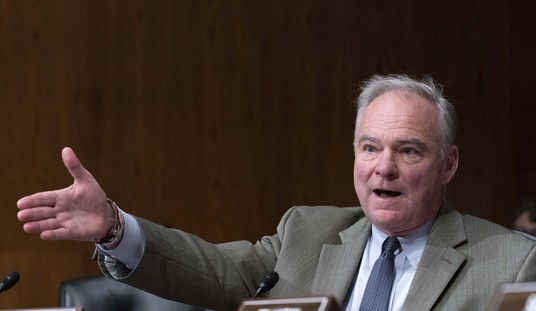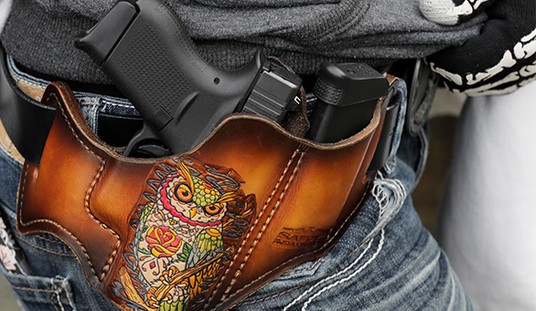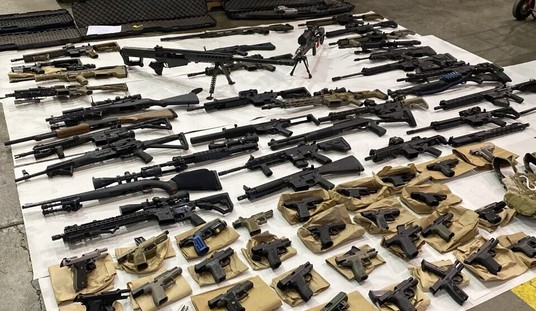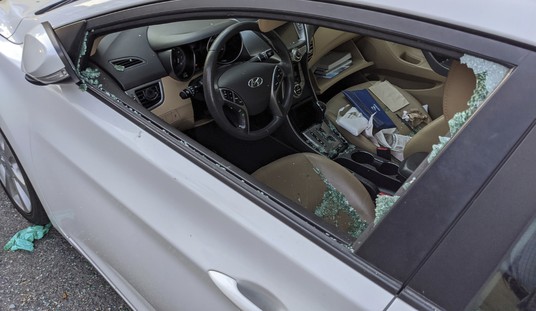From state to state across the nation, varied concealed carry laws that determine the legality of carrying and traveling with a weapon, are about as chaotic as a spinning tornado. Currently, each state in the union has some kind of menacing restriction placed on innocent Americans that concurrently and specifically violate the Second and Fourteenth Amendments to the Constitution.
With no clear federal standard, many state authorities are imposing heavy-handed rules that penalize American citizens for exercising Second Amendment rights that, in the best circumstances, afford them the freedom to carry firearms wherever they go.
State authorities are arbitrarily picking and choosing which non-resident citizens have permission to carry a concealed weapon, if at all. Without uniformly defining reciprocity roles — each state having its own set of details, requirements and deals — makes traveling with firearms a time consuming, advanced chore requiring hours of intense research, dozens of phone calls, and weeks or sometimes months of wait time with no guaranteed results.
This is why a federal standard is needed to make sure our Second Amendment rights remain intact; and proactive measures are necessary to battle the anti-firearm establishment that persistently seeks to undermine our constitutional right to carry weapons.
Borrowing from the title of the 1966 Italian film starring American actor, Clint Eastwood, The Good, the Bad and the Ugly, a story about gunfights, hangings, and buried Confederate gold; the following catalog of states’ concealed carry laws is the story of assumptions, gun control, and American liberty buried in the fold.
The Good: Alaska, Arizona, Colorado, Florida, Idaho, Kansas, Oklahoma, Maine, Michigan, Mississippi, Missouri, North Dakota, Pennsylvania, South Dakota, South Carolina, Texas, Vermont, Washington, Wisconsin, Wyoming
The states listed here have the least amount of leg work and restrictions posed to apply for a gun permit and the lowest amount of cost involved; they are issuing concealed carry permits without delay; or their state legislatures are moving legislation in the pro-Second Amendment direction.
What stands out about Mississippi for the ‘good’ is that open or concealed carry in any motor vehicle is considered legal. Many states have very particular obstacles regarding how and where firearms are stored and identified in the motor vehicle. These states have appropriately been listed in the ‘bad’ or ‘ugly’ section.
States like South Carolina, North Dakota and Texas make the ‘good’ list for recognizing the ‘common law castle doctrine’ that a person’s home is his castle, and that the castle extends to one’s motor vehicle.
The state of Florida is part of the ‘good,’ with accolades because law enforcement officials do not handle the firearm licensing division, the Florida Dept. of Agriculture and Consumer Services does, reaffirming the point that firearms are not illegal to begin with.
The Bad: Alabama, Georgia, Indiana, Louisiana, Minnesota, Nebraska, New Hampshire, Nevada, New Mexico, Iowa, Tennessee, Utah, West Virginia, Virginia
These are states that receive an ‘E’ for effort but an ‘N’ for not enough. States that place burden upon burden, condemnation upon condemnation, against innocent American citizens, for simply exercising their Second Amendment rights, fall into the ‘bad.’
Forcing limits on the amount of firearms we are permitted to purchase is a sign that government has overstepped their limit. In 1993, for example, the Virginia General Assembly made it unlawful for any person who is not a licensed firearms dealer to purchase more than one handgun within a 30-day period. Similar offensive laws exist in New Mexico.
Other constitutional violations include the state of West Virginia and Nebraska, where firearms are not allowed in so many locations that it is an incredible wonder how citizens can lawfully protect themselves in a time of trouble if, legally, they cannot utilize their Second Amendment rights wherever they go.
Indiana and Louisiana officials have lost their minds with their unabated diatribe of dictatorship-like rules, just so individuals can hunt and trap legally. Functions such as bow and arrows and the use of rifles, pistols, shotguns, or archery ranges are regulated and micromanaged so closely in the state of Indiana that they have crossed the line in the sand and are buried 12 feet in sea water.
Laws show that carrying a firearm in a motor vehicle is illegal in states such as Utah and Nevada. While there is no law on the books that says we must notify law enforcement of legal possession while traveling in a car, officials strongly ‘recommend’ we notify law enforcement agencies if we are carrying and traveling with a lawful firearm. (Sounds Gestapo-like to me.)
Utah law says the police must assume that the mere possession of a handgun in a motor vehicle gives the officer leeway to take defensive action, which may result in arrest and adjudication for the so called assailant who may have done nothing wrong.
The Ugly: Arkansas, California, Connecticut, Delaware, Hawaii, New York, New Jersey, Maryland, Massachusetts, Montana, North Carolina, Rhode Island, Illinois, Kentucky, Oregon, Ohio
Places like New York, New Jersey and Massachusetts make the ‘ugly’ list for being true to form; bastions of Northeast liberal gun control advocates. In New York, for instance, New York City third term billionaire, Mayor Michael Bloomberg, has a considerable amount of influence in paying off others to depict the mere use of firearms as an evil, illegal and punishable act.
The ‘ugly’ category are for states such as Hawaii, Rhode Island, Connecticut and Arkansas, that create tall obstacles for permit applicants, to include exaggerated fees for renewals, above and beyond qualification terms, in addition to motor vehicle travel constraints which cause otherwise interested parties to refrain from owning firearms at all.
Arkansas and Oregon is way out of the main stream when it designates carrying a weapon a Class A Misdemeanor. In Arkansas a weapon can be a club or a knife, and Oregon does not recognize any other state’s concealed carry laws — not-a-one.
North Carolina makes the ‘ugly’ list because judges receive special treatment — they are permitted to carry lawful firearms into a court room, but no one else is. This decision says that the people, who are supposed to be innocent until proven guilty, do not have the same rights as judicial arbitrators. Similarly, Montana law enforcement officials with proper identification receive special treatment too.
Our Constitution provides that union states have the power to handle business in the way their state legislature, people and constitution deem fit; however, the Fourteenth Amendment asserts that states cannot violate the Constitution in the process.
Zealous and controlling anti-firearm politicians who often do as they please without consequence will gladly rejoice in the downfall of the Second Amendment if unsuspecting Americans sit back and do nothing.
Federal concealed carry legislation that complies with the Second Amendment is a tool at our disposal to a) compel lawmakers to adhere to the dutiful privilege we are entitled to enjoy; and b) advance the mindset that each state in the union ought to be a firearm friendly, 100% Second Amendment accepting, constitution honoring, American participant.








Join the conversation as a VIP Member